Mingalarbar (pronounced in a sing song-y way “Ming-ga-la-ba) is the cheerful greeting you hear at every turn in Bagan, but this time it was a warning. “Miss. There is a cobra in there. In the back. He lives in the brick wall right there!” A young, maybe 10-year-old kid with his colorful school bag strapped to him had just warned me as he followed me on his old gas-fuming motorbike. “Really? A snake? Cobra?” Hoping my one word questions would prove he said the wrong thing.
“Yes, do you want to see?”
My modern mountain bike was parked outside the deserted temple as the wild landscape grew around the decaying brick fortress, almost like the vines and growth wanted to pull this manmade spiritual structure back to the earth. Everything in Bagan felt romantic, and this oldness was something I dreamt about, with no desire to make anything new. Being in a country so cut off from the modern day world and mainstream media made me feel truly like an explorer.
Bagan is a fairytale land drowning in ancient crumbling temples mostly from the 11th to 13th centuries A.D., golden pagodas, and dirt paths winding around the scrub-like greenery. A long line of some 55 kings ruled over the kingdom during twelve centuries. Now some 2,200 Buddhist pagodas are left sprouting spires and pinnacles, all in different stages of decay. It was believed building religious structures gained merit for a king and his people. Placed right in the middle of Myanmar, Bagan is a plain measuring about 16 square miles snaking the east coast of the dusty banks of the Irrawaddy River.
Why should you visit? Below are my six top reasons why this city should be on your bucket list:
1. Feel like an explorer.
Although tourists are slowly coming to a land that was cut off for so long due to an oppressive military junta, there are still far less tourists than you would expect at other major world attractions like Angkor Wat and Machu Picchu. If you desire to travel to an untouched land with a fascinating culture still intact (that often feels like a National Geographic episode) I strongly advise you to go now, because this nation is on the cusp of great change.
Now that Myanmar’s new leader, Daw Aung San Suu Kyi, is the first democratically elected government in over 50 years, international sanctions have been eased and there seems to be widespread hope of improvement in the country. Although, as an outsider visiting Bagan, life seems to not have changed for the last 2,500 years as I watched monks burning grasses, women carrying large loads on their heads, an oxcart plowing the field at sunrise, monks collecting alms and gasoline sold on the street in water bottles. Much of the country that was off limits for years can now be freely visited.
2. Marvel at the ancient temples and monasteries.
Bagan is the perfect place to hop on a bike and explore, flying through the dusty dirt roads to view, climb and walk around endless temples. Now people can rent a horse-drawn carriage or e-bikes to zip along quicker. Since I really wanted to observe what was around me, I chose the basic bike. Let your curiosity take over and witness most temples without a tourist in sight; gaze at the wild temple dogs that seem to have the wisdom of a thousand years as they guard the ancient edifices with little movement. Admire the crumbling dark stairwells, thousand-year-old peeling paintings, and grand Buddhas greeting you inside each marvelous architectural feat.
Being in a country so cut off from the modern day world and mainstream media made me feel truly like an explorer.
Don’t miss the Gubyaukgyi Temple, the Mingala Zedi Pagoda and the Dhammayangyi temple, which I climbed during the day. Catch a sunrise and sunset daily on a temple or in a hot air ballon with Balloons over Bagan. Apparently, a temple nearby the Dhammayangyi is perfect for a less crowded sunset. Goat and cow herders rounding up their animals are a frequent sight. Get used to being barefoot, as it is a cultural must in all temples.
One of my favorite days was an hour drive through the countryside to hike Mt. Popa, a sacred pilgrimage site for the people of Myanmar. Many believe the area was the birthplace of power spirits called Nats, who occasionally manifest themselves in human-form. Climb barefoot 777 steps with Macaque monkeys swinging, chasing, eating and leaving all their monkey waste behind as you reach the numerous Nat temples and golden relics atop the mountain. But to keep away the peskier creatures, don’t forget to use natural bug spray with citronella and lemongrass or high concentration DEET bug spray.
Despite the climb and the bugs, the views are worth it on top of this storybook mountain. Atop the mount or volcano I watched as they applied real gold leaf squares to don the Buddha, and observed young monks sitting and enjoying TV. While sipping coconuts at the bottom of the mountain, we happened to catch a very festive annual processional with music, fancy colorful garb and gold umbrellas.
3. Learn about a preserved culture.
After you watch the sunrise at a temple of your choice, bike over to Old Bagan near the By Paya (golden temple that sits over the river) where you can watch the hustle and bustle of the locals and monks. At this hour, watch as the procession of monks come to accept alms from the locals. Many monks and even city guys from Yangon wanted to take my photo, likely because I looked like no one from their country. Many children become monks for the free education and may be a monk for a short time. Primary school children can attend Buddhist monasteries to acquire literacy and numeracy skills as well as knowledge of the Lord Buddha’s teachings. For a cultural Burmese dinner show including traditional music, dancing and puppets, all you have to do is eat dinner at Amaya restaurant.
Bike to one of the many villages like Min-nan Thu Village or Thuhtaykan Village to learn their special crafts and how the Burmese survive off the land. Don’t fret when you may be asked for money. In one village I was taken aback when a young mom goes, “You give me money.” I gave her a couple dollars for her time taking me around the village, but the next village I just rode around myself since I didn’t come across any villagers. Stop at one of the many lacquerware factories and shops to observe the painstaking creation process.
4. Connect with the friendly locals.
Children often followed me on motorbikes because they wanted to show me the temples and share with me their knowledge of the area. One child I met told me he was training to be a local tour guide, a great source of money since they can make around $15 or more for a day of showing off the history of their land.
Upon arrival, I felt the true Burmese kindness of strangers (although you could think of it as a scam). My taxi cab driver, Ung-Ung, who was suppose to bring me to my hotel ended up spending the whole day with me showing me many of the local sites. After my grand tour of climbing and slinking in many fascinating temples and monasteries, Ung-Ung stopped at a restaurant because he asked if I was hungry. Although he refused my invitation to join me for lunch, I was still happy to have his knowledge of the land and was prepared to pay at the end of the tour ride.
Upon arrival, I felt the true Burmese kindness of strangers …
5. Savor new foods.
Unlike fragrant Thai food, Burmese food is Asian cuisine fused from Southeast Asian, Chinese and Indian influences. Since my hotel food prices were so expensive (American prices), I only ate the complimentary breakfast, which was a great way to try new foods like the country’s unofficial national dish Mohinga, a rice noodle served with fish soup that reminded me of Lipton noodle soup. Some mornings it was a nice accompaniment to eggs, bacon, and waffles. The bananas were thick (twice the width of ones in the US) and with brown bruises, which made me realize that is most likely how they are suppose to grow. I always asked for the homemade bitter sour yogurt they made, donned with dried fruit and nuts since I figured the enzymes would be good for my stomach.
River prawns became my favorite food item and I enjoyed them cooked in various ways. Rice and tea leaf salad is a major part of the Burmese diet. The crisp Kaffir lime was also a nice flavor additive in many Burmese dishes. On our way to Mt. Popa we stopped at a local roadside place that served us delicious snacks of pickled tea leaves, sesame seeds, peanuts, and fried garlic chips. We watched as the ox went around in circles to grind the peanuts to make peanut oil. Our benefit was many tasty candy treats made from coconuts, palm and peanut oil, and sugarcane. Reminder: Drink only bottled water.
6. Spend little.
ATMs are hard to come by, so make sure you have American dollars or Burmese kyat. Before you leave, you must purchase an e-visa for around $50 and get updated shots. As soon as you land, there is a Bagan Archeological Zone Fee at the airport for $20 US dollars. Once you are in Bagan, the most expensive item you may want to experience is the sunrise hot air ballon ride for about $360.
My hotel garden room villa booked on Agoda.com at the Bagan Thiripyitsaya Sanctuary Resort was around $150 a night and dropped to around $100 when I went to a classic room on the fourth night. My friends stayed at a place without all the amenities (spa, gift shop, river views, music, breakfast) for less than half of what I spent. Everything else is very inexpensive. I could order eight items for lunch and my bill was less than $15. My bike rental from the hotel was around $8 a day. To hire a driver to spend the whole day with us to take three of us to Mt. Popa through the country, with many stops, was about $30 total. In Old Bagan I bought $3 light airy colorful pants to cover my legs and stay cool in warm temperatures and fit in. Don’t pack shorts or tank tops. In order to be respectful of their culture, your legs and shoulders should be covered.
What do you think, would you like to visit Myanmar?
Image via SouthernMyanmar.com

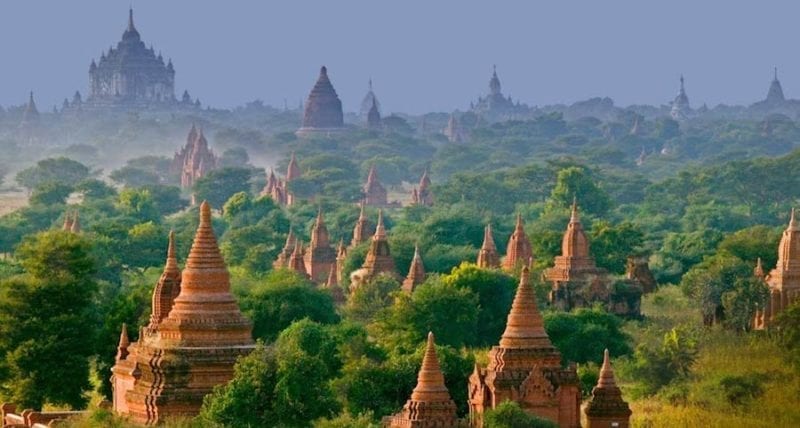
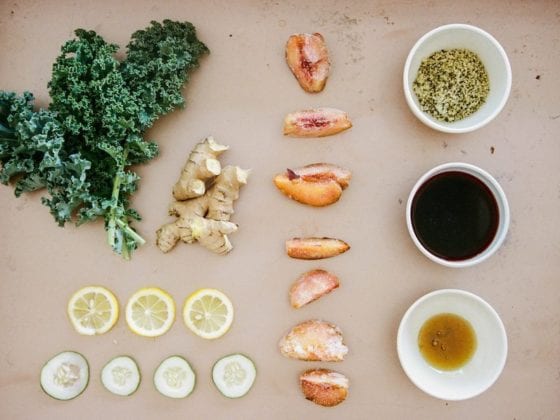
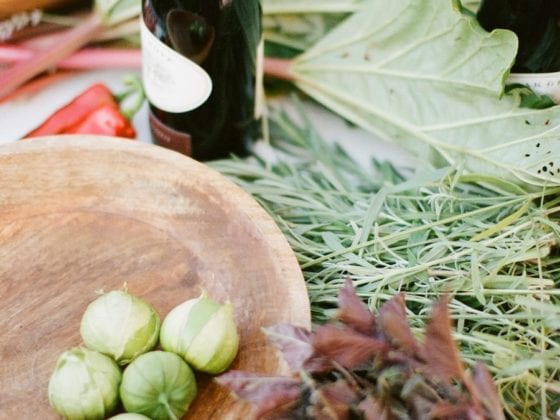
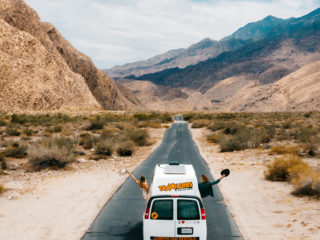
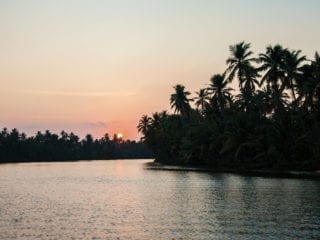
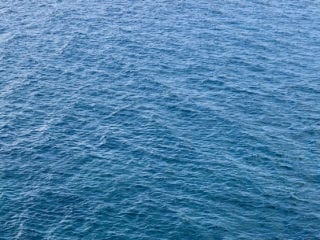
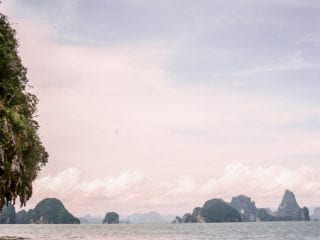
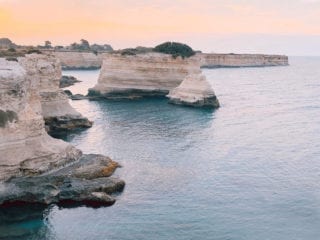


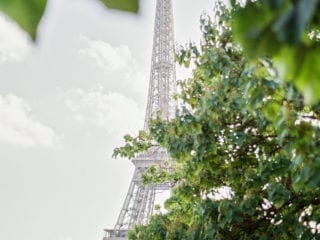
1 comment
Check out my travel video from when myself and @tarasowlaty visited Myanmar in November for a few days (obviously spending much time in Bagan).
Enjoy!
https://vimeo.com/159310862